Evolution
As we know evolution is a gradual process by which living organisms change over time through the inheritance of traits. It occurs through a mechanism called natural selection, where individuals with advantageous traits for survival and Reproduction are more likely to pass those traits to their offspring. Over generations, these favorable traits become more prevalent in a population, leading to the emergence of new species. Imagine a population of birds with various beak sizes. In an environment with different types of seeds, birds with beaks better suited to crack open certain seeds have a survival advantage. These birds are more likely to survive, reproduce, and pass on their beak traits.
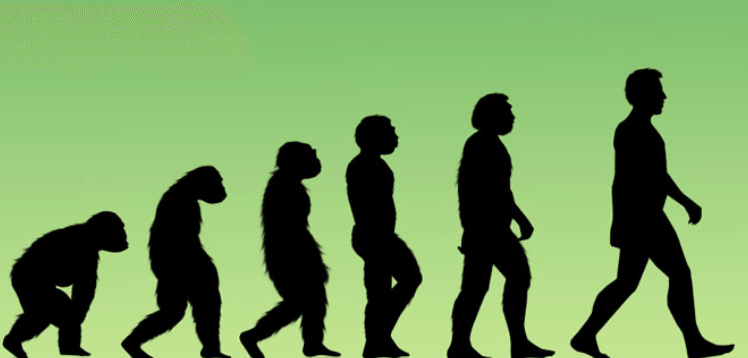
Evidence of Evolution
Evolution, supported by a wealth of evidence, explains the gradual changes in species over time. Fossil records in species over time. Fossil records show transitional forms, like the Archaeopteryx, displaying traits of both reptiles and birds. Comparative anatomy reveals similarities in bone structures among different species, implying shared ancestry. Molecular Biology uncovers genetic similarities, illustrating a common genetic code across diverse organisms. Vestigial structures, like the human appendix or whale pelvis bones, hint at evolutionary remnants.
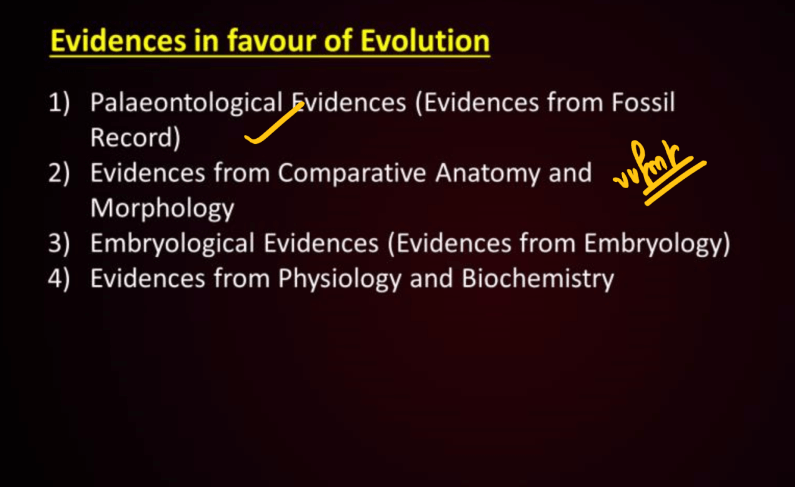
The observation of natural selection in action, such as antibiotic resistance in bacteria, showcases the adaptive power of evolution. The geographic distribution of species also aligns with evolutionary predictions, as seen in marsupials predominantly in Australia. Collectively, these evidences substantial the concept of evolution, offering a comprehensive understanding of the interconnectedness and dynamic nature of life on Earth.
Different Evidences in Favor of Evolution
Below we have discussed a few evidences that are in favor of evolution:
- Paleontological Evidence (Evidence from Fossil Records)
- Evidence from Comparative Anatomy and Morphology
- Embryological Evidence (Evidence from Embryology)
- Evidence from Physiology and Biochemistry
| Evidence in Favor of Evolution | |
| Evidence of Evolution | Description |
| Paleontological Evidence | Fossil records show a progression of life forms over geological time, indicating the emergence and extinction of species. Transitional fossils, like Archaeopteryx, demonstrate intermediate features. |
| Evidence from Comparative Anatomy and Morphology | Similarities in anatomical structures across different species suggest a common ancestry. Homologous structures (e.g., vertebrate limbs) and vestigial organs (e.g., the human appendix) support evolutionary relationships. |
| Embryological Evidences | Similarities in early developmental stages among different organisms point to shared ancestry. For instance, vertebrate embryos often exhibit comparable structures during embryogenesis. |
| Evidence from Physiology and Biochemistry | Molecular similarities, such as DNA and protein sequences, provide evidence for common ancestry. Genetic homologies and shared biochemical pathways support the idea of a universal common ancestor. |
Paleontological Evidences (Evidences from Fossil Records)
Paleontological evidence refers to the clues and remnants of the clues and remnants of ancient life found in rocks, fossils, and other geological formations. It helps scientists unravel the mysteries of Earth’s history and the evolution of living organisms. Fossils, which are preserved remains or traces of past life, serve as key pieces of paleontological evidence. These can include bones, teeth, shells, imprints, or even footprints left behind by organisms millions of years ago.
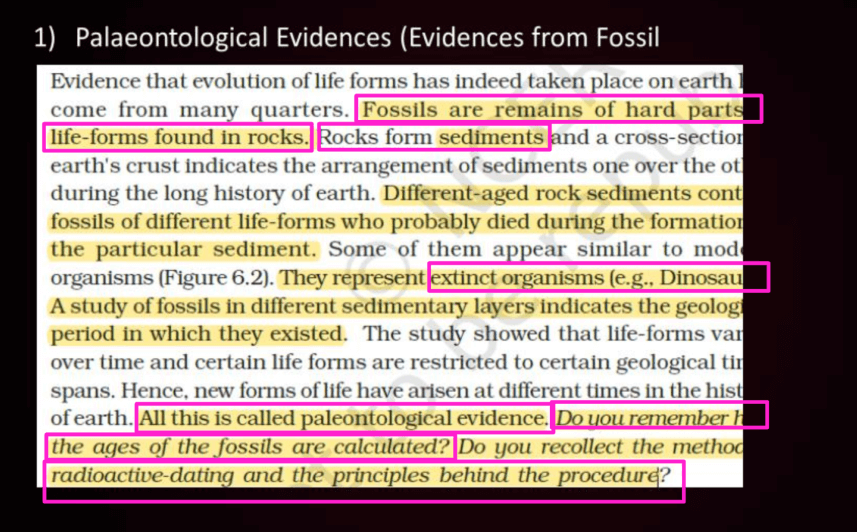
By studying these fossils and their surrounding geological context, paleontologists gain insights into the diverse forms of life that existed in the past, their behaviors, and the environments they inhabited. Additionally, paleontological evidence aids in constructing the timeline of Earth’s history, highlighting major events such as mass extinctions and the emergence of new species. This scientific discipline allows us to piece together the intricate puzzle of life on our planet, providing a window into the distinct past and fostering a deeper understanding of the interconnected web of life throughout Earth’s evolutionary journey.
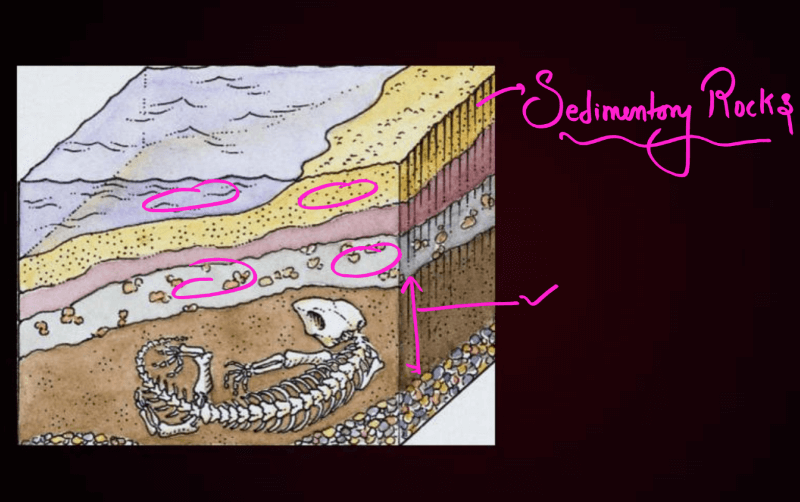
Evidences from Comparative Anatomy and Morphology
Comparative anatomy and morphology provide compelling evidence for evolutionary relationships among different species. By examining the structural similarities and differences in the anatomy of organisms, scientists can trace common ancestry and infer evolutionary changes over time. For instance, the pentadactyl limb structure, characterized by five digits, is shared by various vertebrates, including mammals, reptiles, and birds. This commonality suggests a common evolutionary origin and supports the idea of a shared ancestor. Similarly, studying the skeletal structures and internal organs of different species reveals homologous structures – organs with similar embryonic origins but potentially different functions in various organisms.
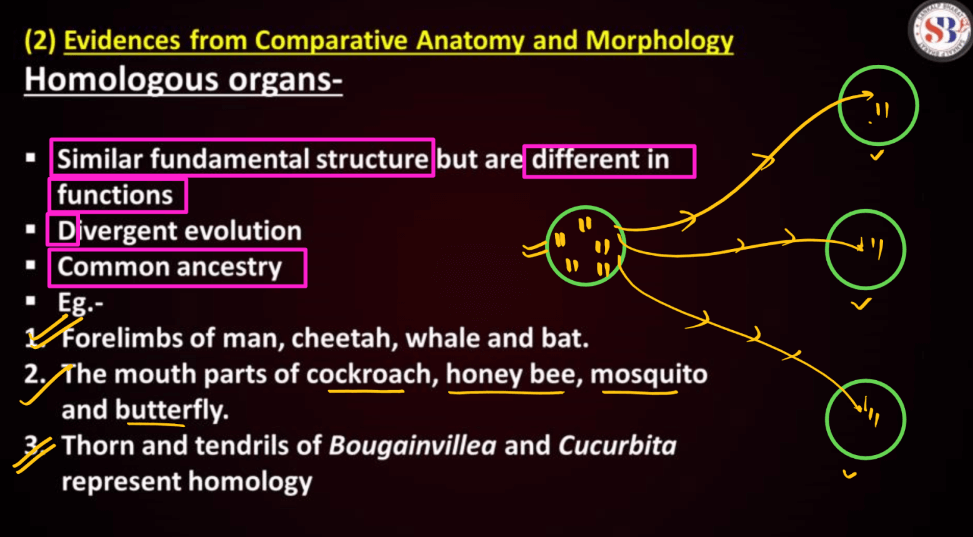
The presence of vestigial structures, such as the human appendix, which lacks a clear function but is reminiscent of structures with clear functions in other animals, further supports the idea of common ancestry and gradual evolutionary modifications. Overall, comparative anatomy and morphology offer tangible evidence for the interconnectedness of life forms and the processes of adaptation and divergence that have shaped the diversity of living organisms we observe today.
Embryological Evidences (Evidence from Embryology)
Embryological evidence plays a crucial role in understanding the evolutionary relationships between different species. When we compare the early developmental stages of organisms, we often find striking similarities in their embryonic forms. For example, during the early stages of development, many vertebrate embryos, including humans, exhibit a notochord – a rod-like structure that later transforms into the backbone. This common feature suggests a shared ancestry among vertebrates. Moreover, the presence of gill slits in the embryos of various species, such as fish and humans, is another compelling embryological similarity.
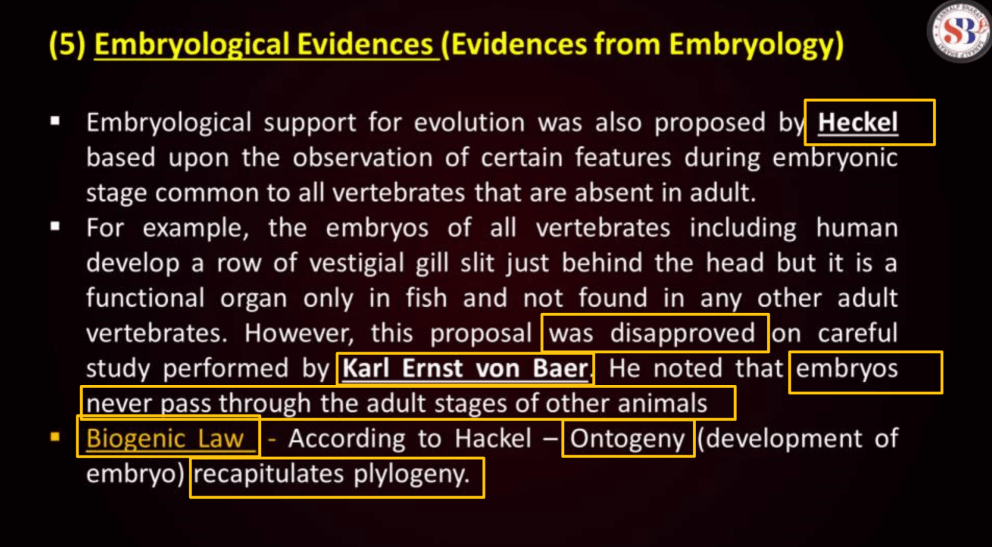
While in humans, these structures develop into different formations, like the jaw and eat, their initial presence hints at a shared evolutionary history with aquatic ancestors. Embryological evidence provides a window into the past, illustrating how diverse organisms, despite their adult differences, start from common developmental pathways. It reinforces the idea that species have evolved from a common ancestor and highlights the unity of life in its early stages of formation.
Evidences from Physiology and Biochemistry
Physiology and biochemistry offer valuable evidence for understanding the relatedness of living organisms and their evolutionary history. When we delve into the functions and chemical processes within cells, we discover shared mechanisms among diverse species. For instance, the universal genetic code is a common language for DNA instructions across all life forms, reinforcing the concept of a common ancestry. Examining physiological processes, such as cellular Respiration, reveals similarities in energy production pathways across species. The presence of similar enzymes and metabolic pathways underscores the fundamental unity of life.
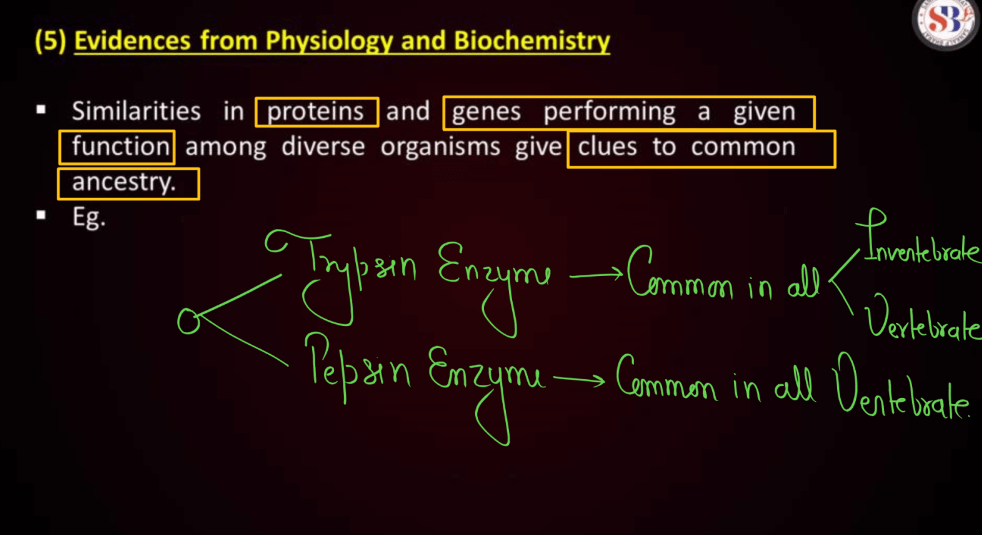
Additionally, the study of proteins and DNA sequences allows scientists to compare genetic similarities and differences among organisms. Homologous proteins and shared genetic sequences suggest a shared evolutionary past. Physiological and biochemical evidence, therefore, provide molecular snapshots of the interconnectedness of life. By recovering commonalities at the molecular level, scientists can trace evolutionary relationships and gain insights into the diverse adaptations that have occurred over time. Overall, these disciplines contribute to our understanding of the intricate web of life and the processes that have shaped it.

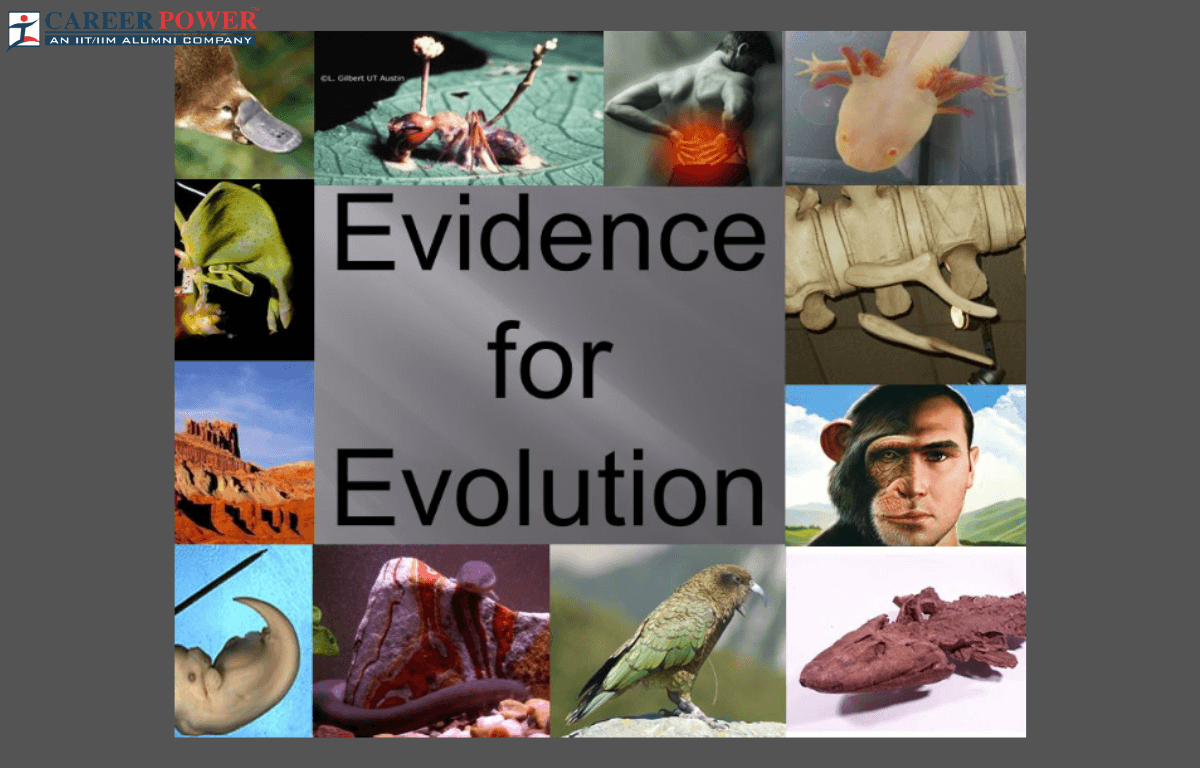

 50 Vegetables Name for Kids in English a...
50 Vegetables Name for Kids in English a...
 Food Chain: Definition, Types, Examples,...
Food Chain: Definition, Types, Examples,...
 Human Respiratory System: Definition, Di...
Human Respiratory System: Definition, Di...













